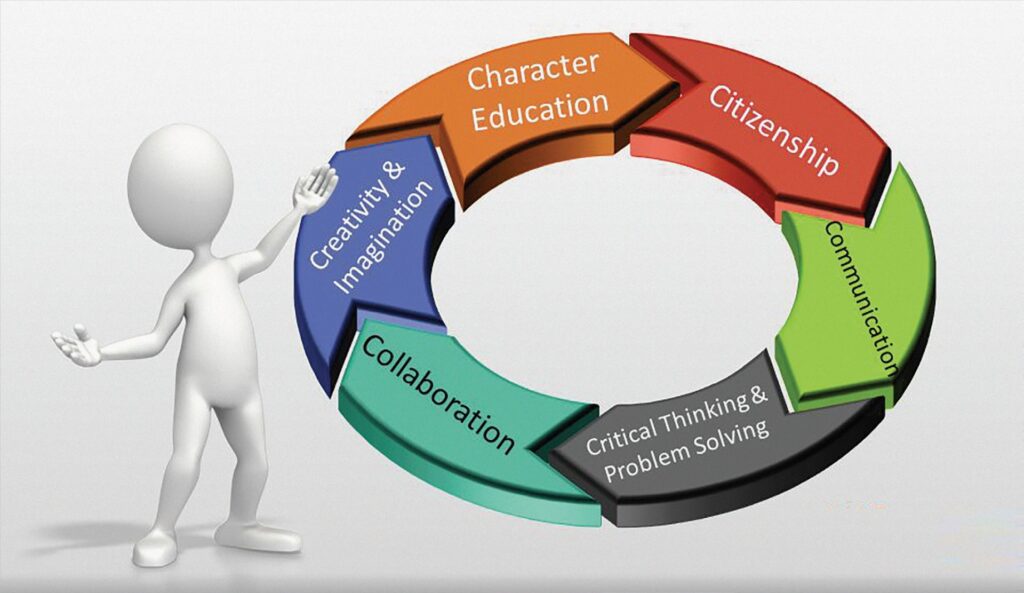East vs. West: an example of communication management

Every morning across Japan, millions of people stand in parks, factories, and schools, moving in synchrony to a broadcast that has changed little since 1928. The Radio Taisò sequence – simple, rhythmic calisthenics accompanied by piano music – lasts less than four minutes. It is performed by children and elders, office workers and retirees, in cities and rural towns alike. It is one of the most enduring and widespread public health rituals in human history.
Yet, despite Japan’s record-breaking longevity and healthy ageing population (World Health Organisation, 2023), Radio Taisò remains almost invisible in Western medical and media discourse. A PubMed search yields only a handful of studies, most of them in Japanese; mainstream Western health media barely mention it. This absence invites a deeper question: what does the neglect of such a practice reveal about how health, knowledge, and value are defined in the modern West?
A brief history of Radio Taisò
Radio Taisò was first promoted by the Japanese government in 1928 and after WW2, was reintroduced by NHK (Japan Broadcasting Corporation) as a democratic and inclusive public-health exercise – on a daily basis. Participation remains high, particularly among older adults: over 20 million Japanese reportedly practice it regularly (NHK Statistics, 2020).
Evidence of benefit
While largely ignored by Western literature, Radio Taisò has been studied domestically and in some Asian contexts. Key findings include:
Functional health: Regular practice improves balance and reduces risk of falls among the elderly (Yamamoto et al., 2018, Geriatrics & Gerontology International).
Cardiorespiratory benefits: Moderate-intensity energy expenditure comparable to brisk walking (Matsumoto et al., 2017, Journal of Exercise Science).
Psychological well-being: Group participation reduces loneliness and promotes social cohesion among older adults (Kuroda & Nagai, 2021, Japanese Journal of Public Health).
Community resilience: Collective morning gatherings foster intergenerational ties, particularly in rural towns recovering from natural disasters (Takahashi, 2019, Community Health Studies).
The pattern is consistent with a growing body of global research showing that low-intensity, consistent movement – when socially embedded – produces profound long-term effects on morbidity and mental health (Booth et al., 2012, The Lancet). Yet, Radio Taisò rarely appears in global public-health discourse. Why?
 The fundamental bias of Western medicine
The fundamental bias of Western medicine
Western biomedicine privileges what philosopher Ivan Illich (1976) called the ‘clinical gaze’: a framework that isolates, quantifies, and intervenes. Health is defined as the absence of disease, proven through reductionist metrics and controlled trials. Practices that produce diffuse, cumulative, or emergent benefits – like Radio Taisò or qigong or even yoga – fall outside its experimental design.
As systems biologist Denis Noble (2006) argues, the living body cannot be reduced to its molecular parts without losing the logic of life. The real complexity lies in networks of feedback and regulation – phenomena better captured by systems science than by linear cause-and-effect models. Radio Taisò operates within such complexity: it integrates proprioception, breathing, rhythm, and social synchrony – subtle interactions that elude laboratory measurement.
This epistemic bias shapes not only research but also what counts as ‘newsworthy’ in Western media. Journalistic and academic institutions tend to amplify what is novel, measurable, or marketable – features Radio Taisò lacks.
Nepali medical colleges and 99% of doctors are trained as per this western paradigm with all of its hidden bias, prejudice and profit motives.
The economics of invisibility
In capitalist health systems, attention follows profit. As cultural theorist Raymond Williams (1980) noted, modern media industries are ‘structured by marketability’. Radio Taisò, being free, collective, and unpatentable, has no corporate sponsor. There are no devices, supplements, or subscriptions to sell. As a result, it does not fit into the economic ecosystem of either pharmaceutical research or fitness commerce.
Even Western ‘wellness culture’, which appropriates many Asian practices, tends to individualise and commercialise them – yoga as a boutique lifestyle, mindfulness as a productivity tool. Radio Taisò resists such commodification: it is collective, not individual; uniform, not customised; communal, not competitive. It undermines the neoliberal ideal of health as a personal project.
Cultural worldviews of health
At the heart of this divergence lies culture. Japanese and broader East Asian perspectives on health, influenced by Confucian, Shintò, and Buddhist traditions, view the body as continuous with its environment – a dynamic field of energy, rhythm, and relationship (Kawamura, 2013). Health is not a fixed state but a balanced process of adaptation.
In this worldview, Radio Taisò is not an ‘exercise programme’ but a daily ritual of re-alignment – a way of harmonising body, breath, and social relationships.
Western medicine, grounded in Cartesian dualism, has struggled to integrate such relational or experiential dimensions of health. As a result, practices like Radio Taisò appear ‘unscientific’, even when they generate measurable visible outcomes.
Media narratives and the aesthetics of simplicity
Mainstream Western media favour stories of struggle, innovation, and measurable transformation – ‘10,000 steps a day’, ‘biohacking longevity’, ‘AI fitness coaching’. Radio Taisò, by contrast, is ordinary, collective, and almost anonymous. It lacks a heroic narrative.
Anthropologist Joy Hendry (2012) notes that Japanese culture often values kata – prescribed forms that embody shared discipline and grace through repetition. From the Western lens, repetition is monotony; from the Japanese lens, it is refinement. Thus, the very ordinariness of Radio Taisò conceals its sophistication.
The Western medical and media establishments tend to ignore what is stable, enduring, and non-commercial. In that sense, Radio Taisò’s invisibility is a mirror of Western restlessness.
Systems view: coherence as health
Systems theory offers a bridge between these paradigms. Rather than viewing health as an outcome of interventions, systems thinking understands it as an emergent property of coherence among interacting parts. Radio Taisò fosters such coherence:
Physiological: Synchronising breathing, heart rhythm, and proprioception.
Psychological: Inducing calm and focus through rhythmic motion.
Social: Strengthening relational bonds through group timing.
Ecological: Aligning human activity with natural cycles (morning light, circadian rhythm).
This coherence aligns with Buddhist and ecological ideas of dependent co-arising (pratítya-samutpàda) – the recognition that well-being arises through relationships, not isolation. Health becomes a dynamic equilibrium rather than a fixed state.
Rethinking evidence and validation
Calls for ‘evidence-based’ validation of Radio Taisò risk reproducing the very bias that excludes it. As medical anthropologist Margaret Lock (1993) observed, “Evidence is not neutral; it encodes a culture’s assumptions about what counts as real.”
The century-long persistence of Radio Taisò, its voluntary mass participation, and its correlation with Japan’s high functional health expectancy constitute experiential evidence. Long-term cultural sustainability can itself be read as a form of empirical validation – what systems theorists call robust emergence (Noble, 2016).
Recognising such evidence does not reject science; it expands it – to include complexity, participation, and lived experience.
Conclusion: Reclaiming Lifestyle Practices of Health
The neglect of Radio Taisò by Western medicine and media (including WHO) is not merely a cultural/scientific oversight but a structural consequence of how modern societies define value, evidence, and innovation. The Japanese practice challenges dominant paradigms on three fronts:
Intellectually, it blurs the line between body, mind, community, and lived experience.
Economically, it embodies a non-commercial model of public health.
Culturally, it redefines health as relational coherence rather than individual control.
To acknowledge Radio Taisò is to rediscover the power of simplicity – a medicine of rhythm, participation, and humility. As the world grapples with ageing populations, chronic diseases, and social fragmentation, Japan’s quiet morning ritual may hold a lesson the modern world, especially poor nations, most needs: that health is not something to be purchased or proven, but something to be practiced – together, every day.
(Pradhan is a management consultant. He has introduced many innovative programmes in Nepal. He can be reached at rp3899@gmail.com for queries and comments)


